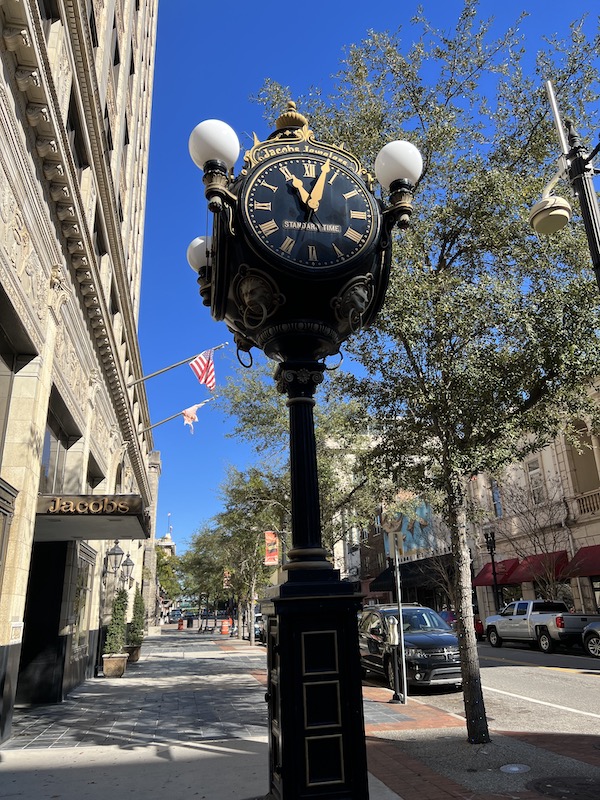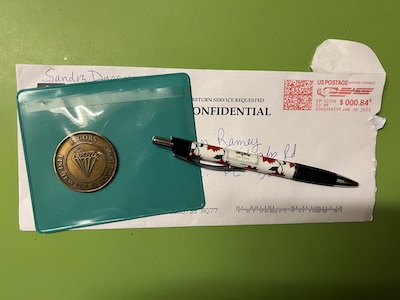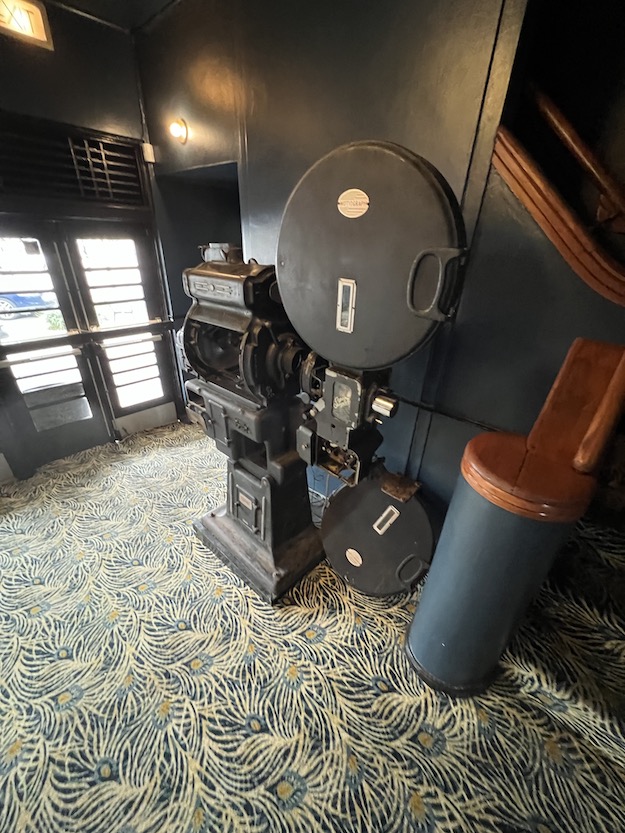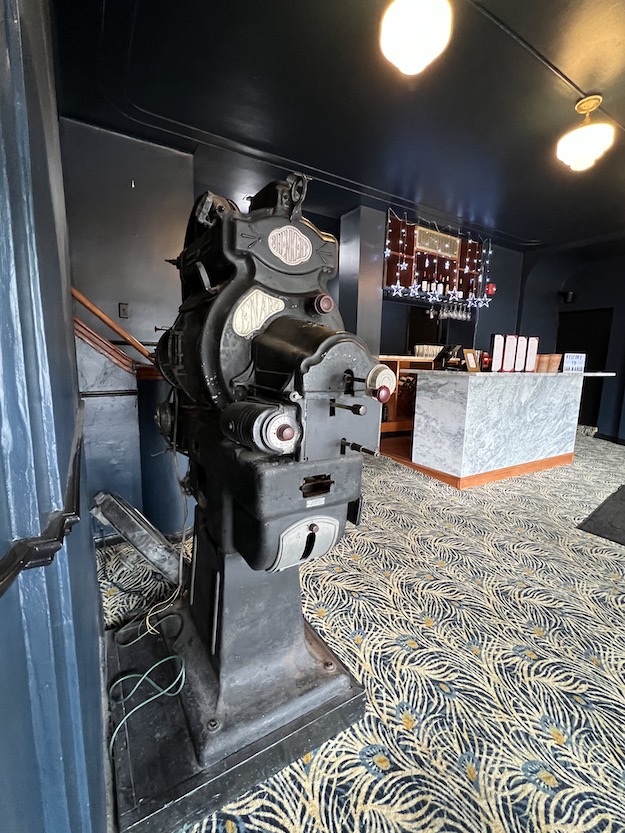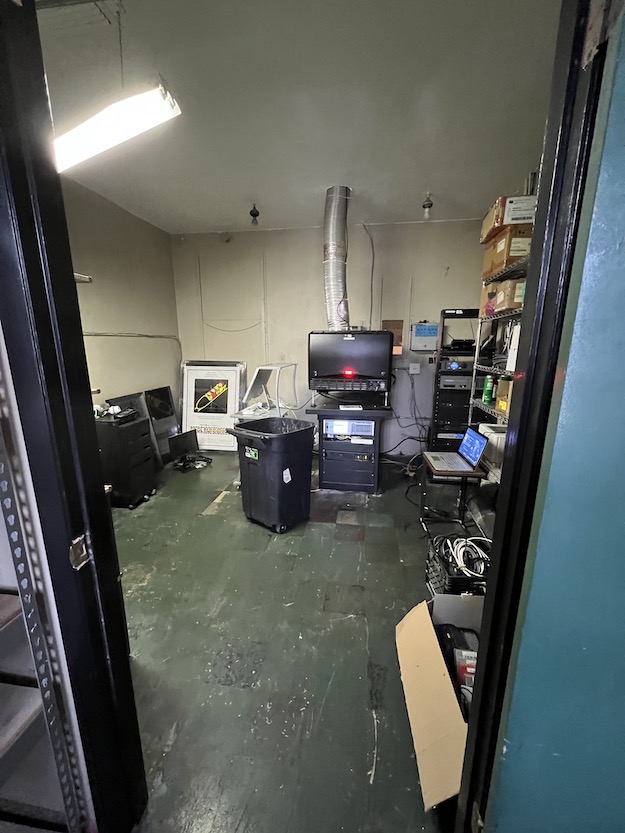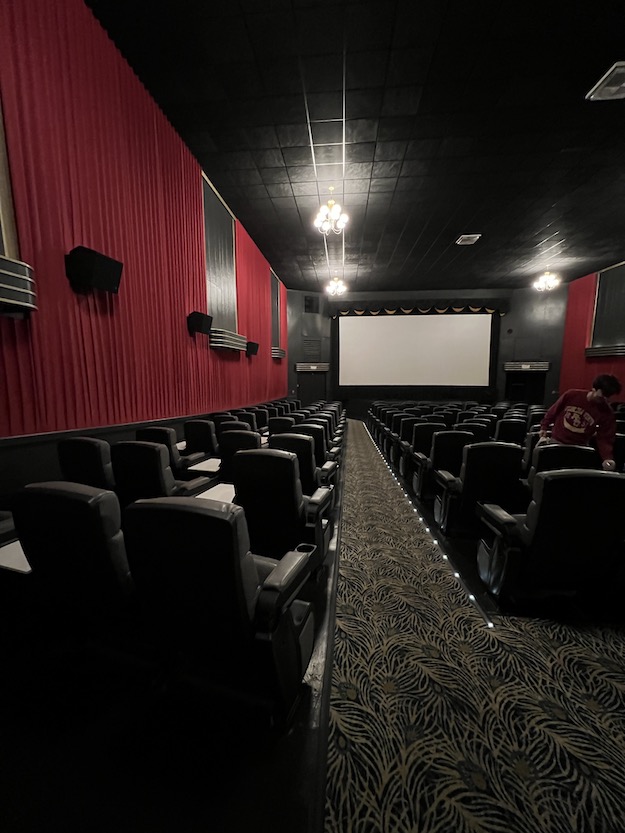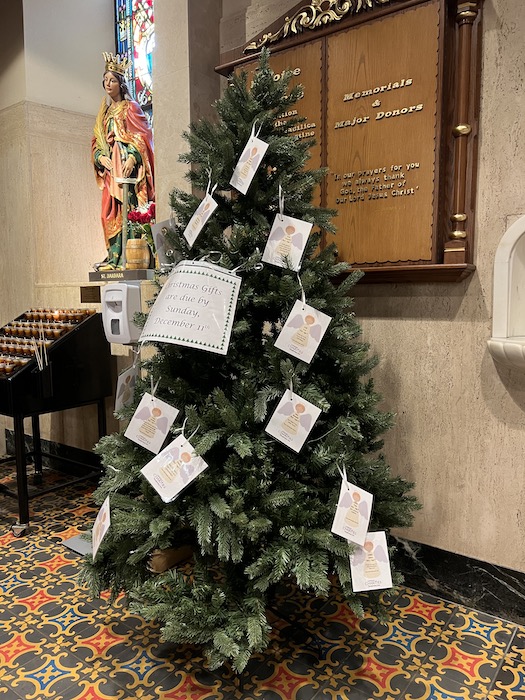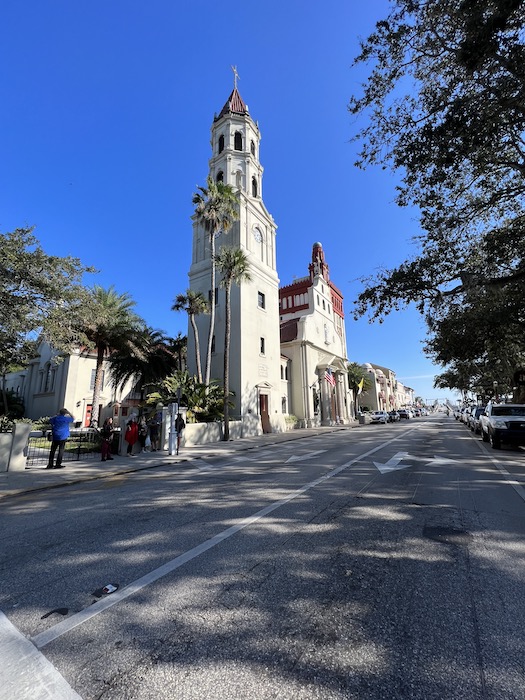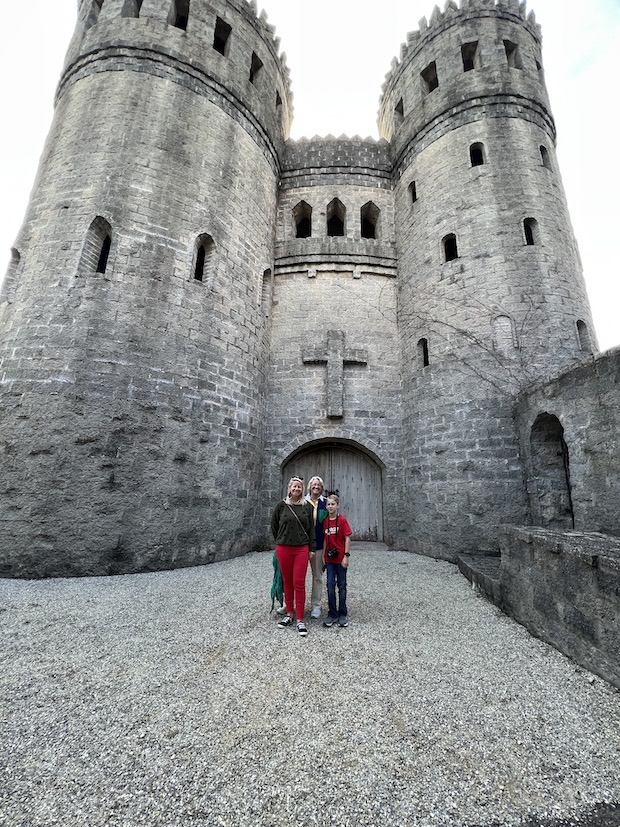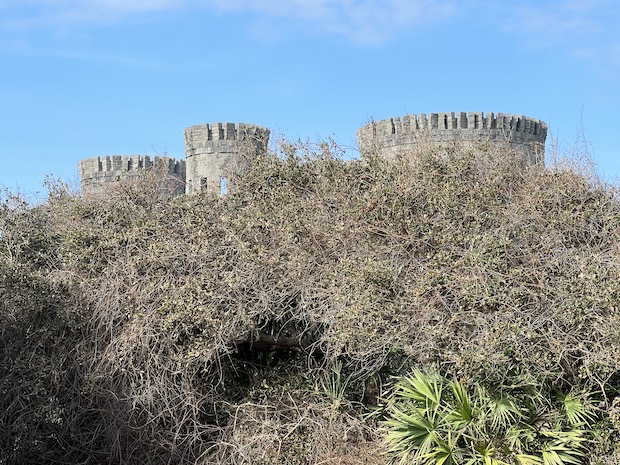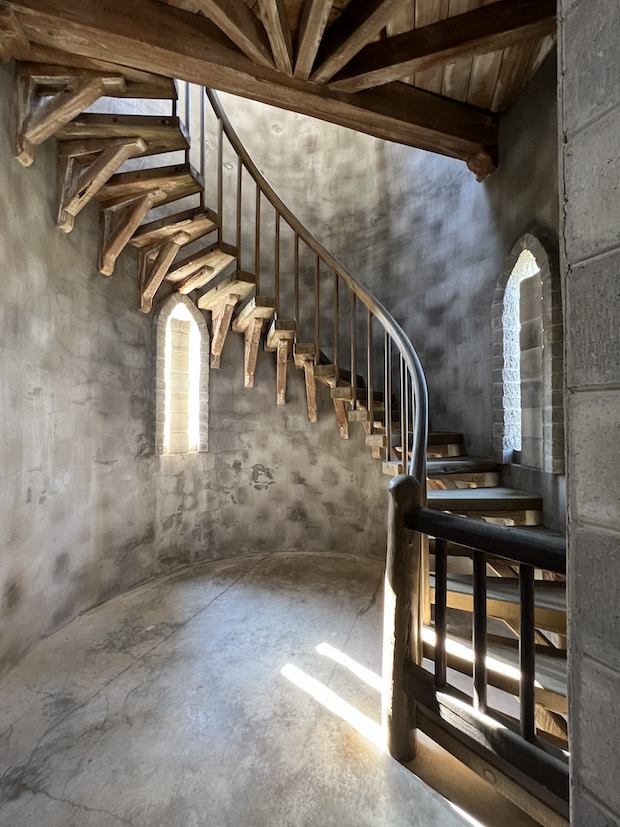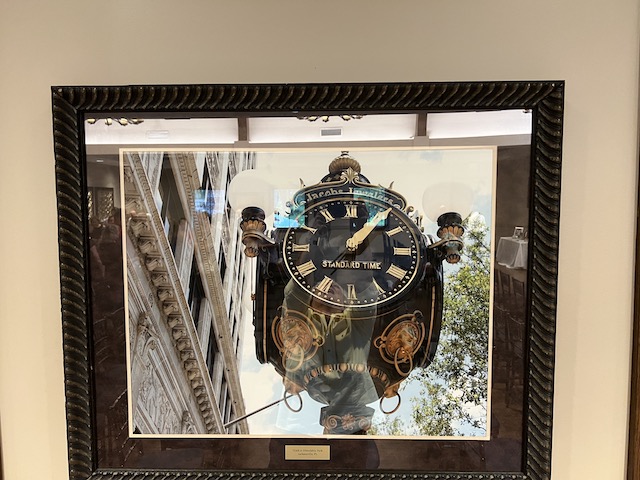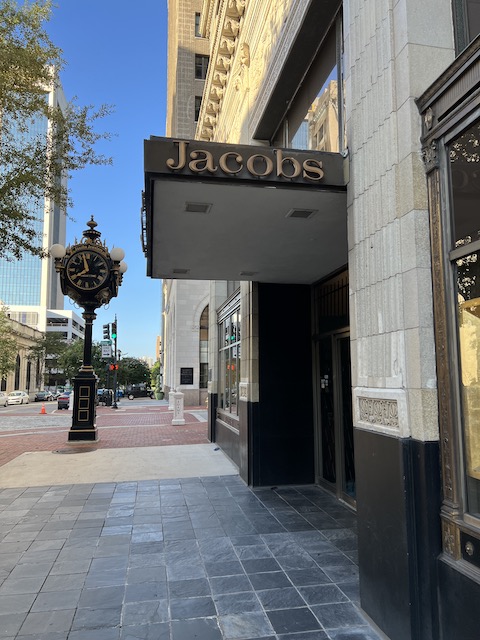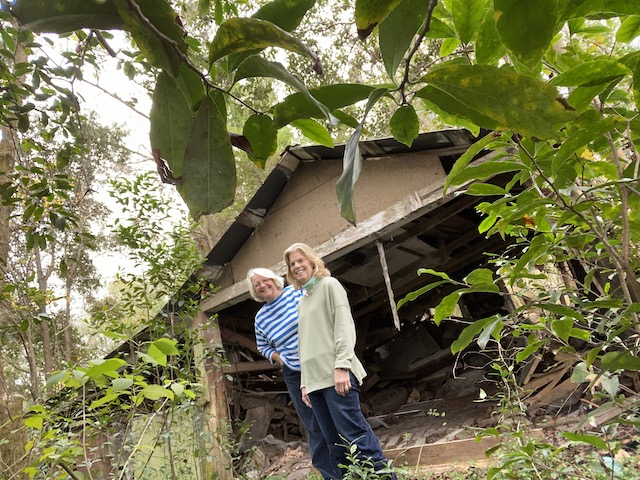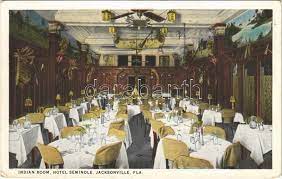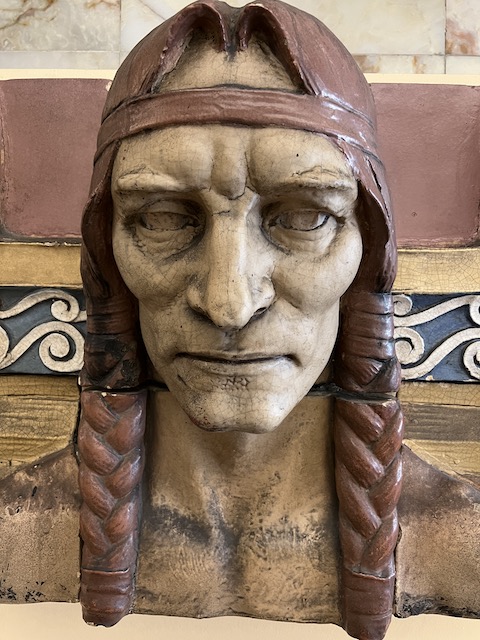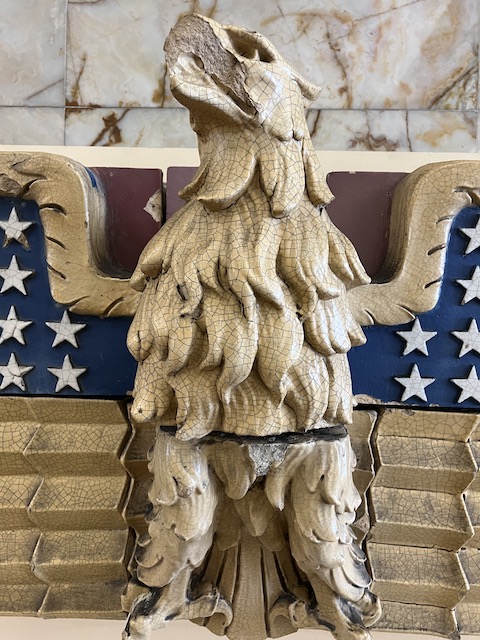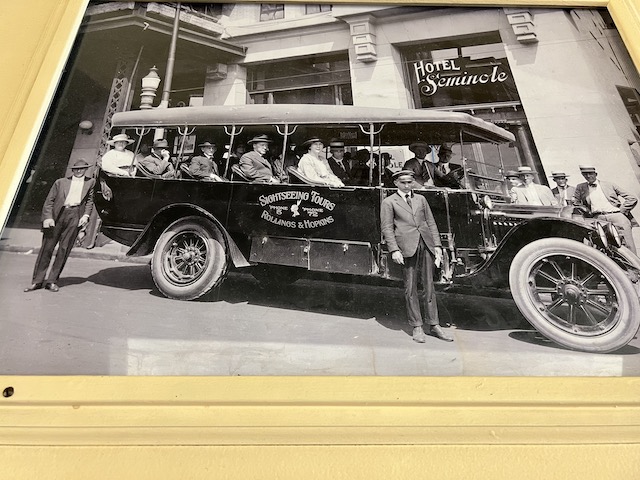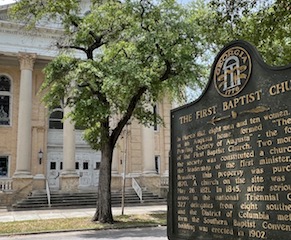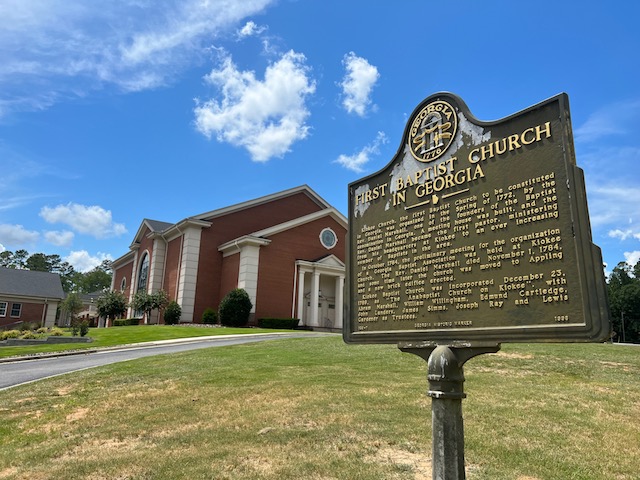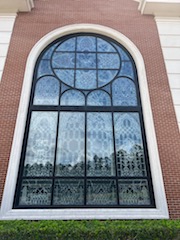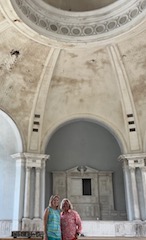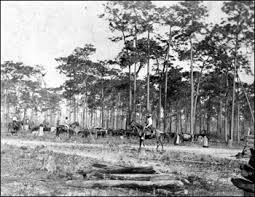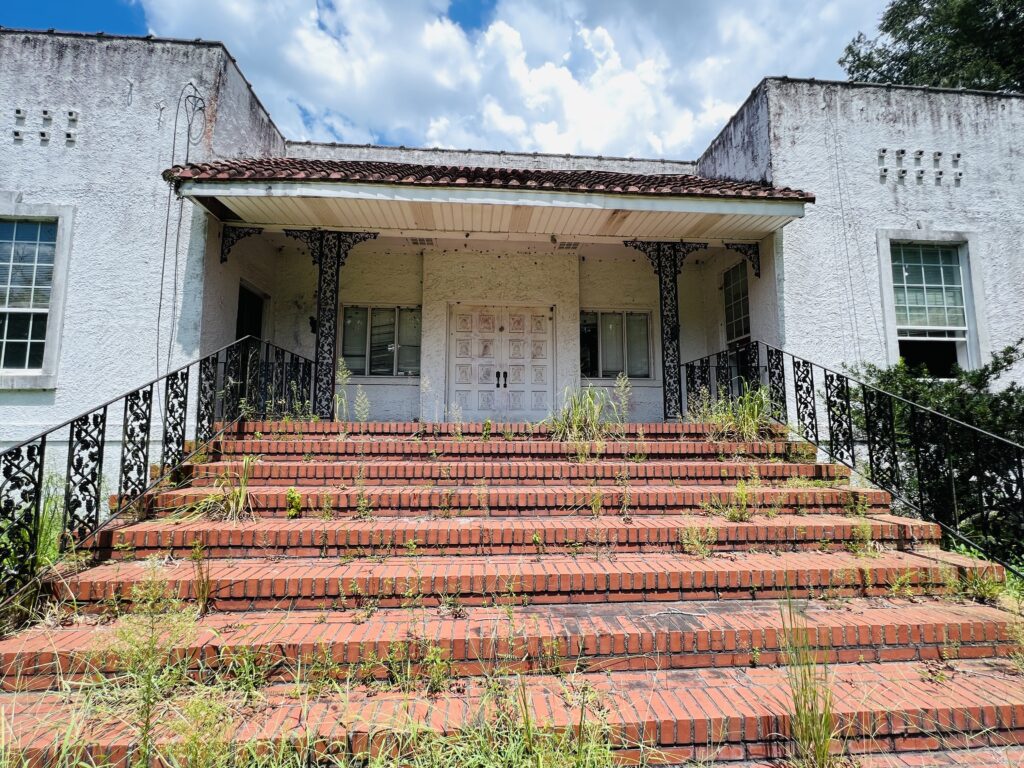First Woman Funeral Business Owner, First Black Funeral Director, First Hearse(Well Second)
Jacksonville celebrated its 200th anniversary in 2022. The beginning of the city was documented as being platted in 1822 only a year following Spain releasing Florida to the United States. The Sesquicentennial booklet of 1972 indicates there were “ fully 250 people up and down the river in 1821”. They were called “Inhabitants of the St. Johns”. The land of Cowford, on the Northside where Jacksonville was to grow was owned by Lewis Z. Hogans, John Brady and Isaiah D. Hart.
A town was laid out at the insistence of Isaiah David Hart. “They came by covered wagon and boxcar, bumping along the Kings Road from Georgia, filtering down from the Carolinas and Virginia. They came too by sailboat or sloop, or simply in a jammed-packed canoe” writes the author of the booklet.

With 250 people along the St Johns River, there was a need for caring for the lost, dying and the dead. That ’s where the hearse was established. The hearse would carry the dead through the stages of loss to their resting place. The word hearse is a “middle English word and became associated with a horse and carriage transporting the deceased”. Early on, the horse-drawn carriage was used to carry the sick and the dead from place to place. Doctors traveled with a flat-back buckboard used to carry patients and people when needed. Over time, it was customised to meet the need and eventually was specific to funeral home use.
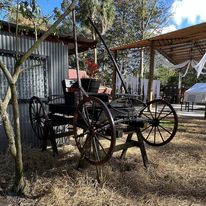
The Florida Morticians Association indicates that the first Black-owned funeral director and home in Jacksonville was run by Japhus M. Baker in 1895. It was located at 767 W. Beaver Street in Jacksonville according to reports. Wyatt Geter, his nephew was born in 1883, is said to have become the first Black man to become a licensed undertaker. His home was at 441 Beaver Street was occupied by his wife, Alice, Mother, Fannie Presley and brother Frank. Geter is listed in the 1940 census as being 83.
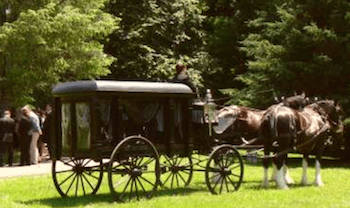
Wooden pews were used in many of the early funeral homes. Hillman-Pratt Walton Funeral home where one of the first Black licensed funeral directors once served still has those pews according to Anthony Walton who runs the business. It began in 1900 and has the original curtains and Bible from the days of Pratt. Pratt, according to Walton built his own caskets and had a factory on the 2nd floor of the funeral home. The Pratt family, according to Florida Memory, also lived on the 2nd floor. According to the Daily Record the business began in 1900 by Pratt and “operated in the 400 block Broad Street until moving into the building at 527 W. Beaver street in 1915” . It closed in 2019. The new owner, Eric Adler wishes to preserve the history. Pratt is also the founder of the Florida Negro Embalmers and Mortician’s Association Dan McDonald reported.
Early on, Jacksonvillians used wagons of sorts for carrying the deceased. By 1909, H. D. Ludlow of Chicago was credited as having used a “rebooted Cunningham horse-drawn hearse body remounted on a Thomas bus chassis by Coey’s Livery Company” for an actual funeral procession; the first of its kind. There is believed to be the birth of the funeral carriage.
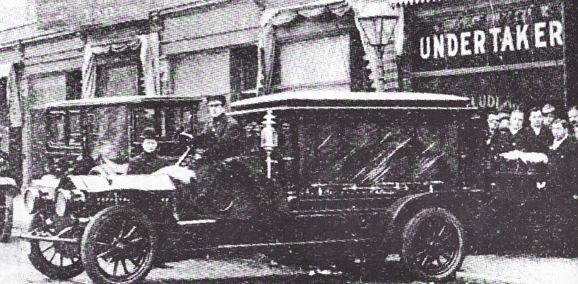
According to the Begg’s Museum in Madison, Florida, Jacksonville’s Samuel Allen Kyle of Moulton- Kyle Funeral Home, a Jacksonville undertaker ordered, along with T. J. Beggs, Sr. the first two Dodge hearses in Florida. The first one was delivered by train to Beggs in Madison, Florida distinguishing him as the “first” to own a motorized Hearst in Florida. S.A. Kyle’s motorized hearse was delivered to Jacksonville second being the first in Jacksonville but the second in Florida. The Begg’s hearse has been remodelled and is on the floor in their museums. Seeing it, we can get an idea of what was used in our city by S. A. Kyle Funeral Home in 1919.
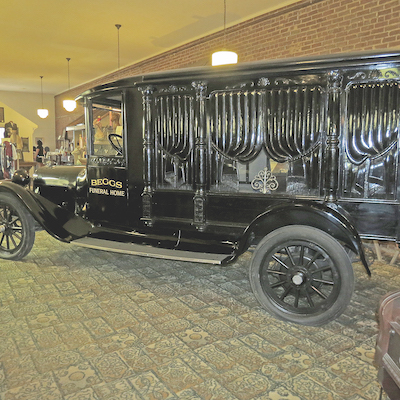
Looking back at the first funeral homes in Jacksonville, one is documented to 1851, when Calvin Oak, known as a “gunsmith, funeral director and watchmaker” moved his family from Vermont to Jacksonville for health reasons. He would live some 30 years building several businesses in the city including a gun factory which manufactured barrels, cartridges and all things related to guns. He owned and operated a jewellery store on Bay Street. In 1856, he and his son Byron Edgar, opened a funeral home business which was eventually was owned by Harry S. Moulton and S. A. Kyle and of the Moulton and Kyle Funeral Services. Calvin’s son, Byron and brother would continue with his businesses even adding tomb stones being a “marble cutter” at 25 Laura Street by 1870. Oak who died July 26, 1881 and was carried by horse and wagon to the Old Cemetery for burial. Byron died October 28, 1889 and was buried in Evergreen Cemetery.
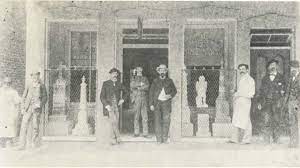
The Jacksonville Historic Preservation Commission documents a sketch of the early design of the Moulton-Kyle funeral home. It was located west of Main Street and on the north side of Union Street.The 1914 drawing by architects Earl Mark and Leroy Sheftall would come to fruition over time. In 1976, the First Baptist of Jacksonville, Florida would have a block-size parking lot built across from it.
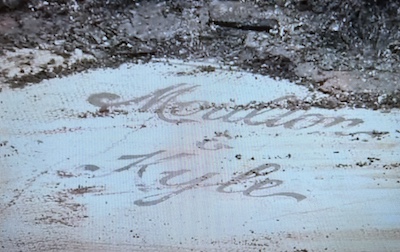
Over the years there were several owners until it closed in A brick garage was added in 1926. Harry Moulton died in 1936. The business fell to different businesses and finally closed in the 1960’s. It fell into disrepair and burned in 2022. The most recent owner of the building was Peeples Funeral Services, J. Robert Peeples, President, now operating a funeral home on Main Street of Jacksonville. A 1976 hearse was said to have been removed.
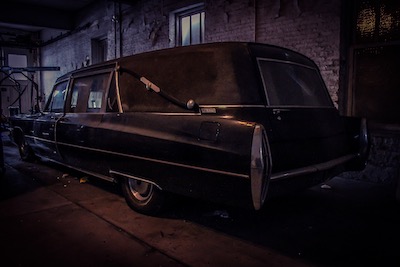
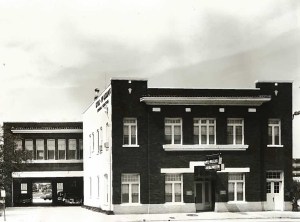
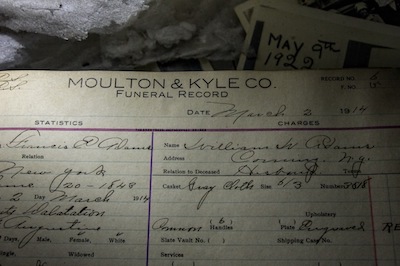
An interesting document found by “Abandoned Southeast”, an urban explorer in the defunct Moulton-Kyle funeral home was the information for the wife of William W. Adams who died on March 2 1914. It seems her body was prepared and she was shipped or sent by train to her hometown in Steuben County, New York. Her husband, William W. Adams would also be buried in NY beside her in 1931.
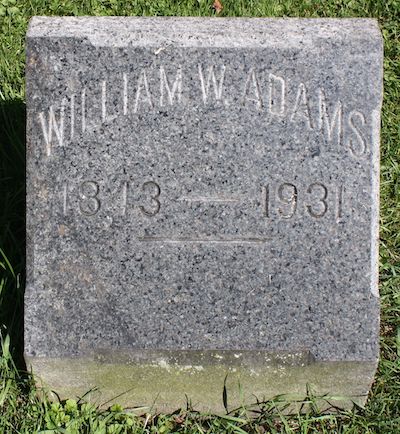
In 2009, Navy pilot Scott Speicher and graduate of Forrest High School and FSU was stationed at Cecil Field in Jacksonville, Fl. when he was the first American commit casualty of the Persian war. His plane was shot down in Iraq and when his remains were found 18 years was later met with crowds of people lining the streets to welcome him home in a bittersweet tribute.
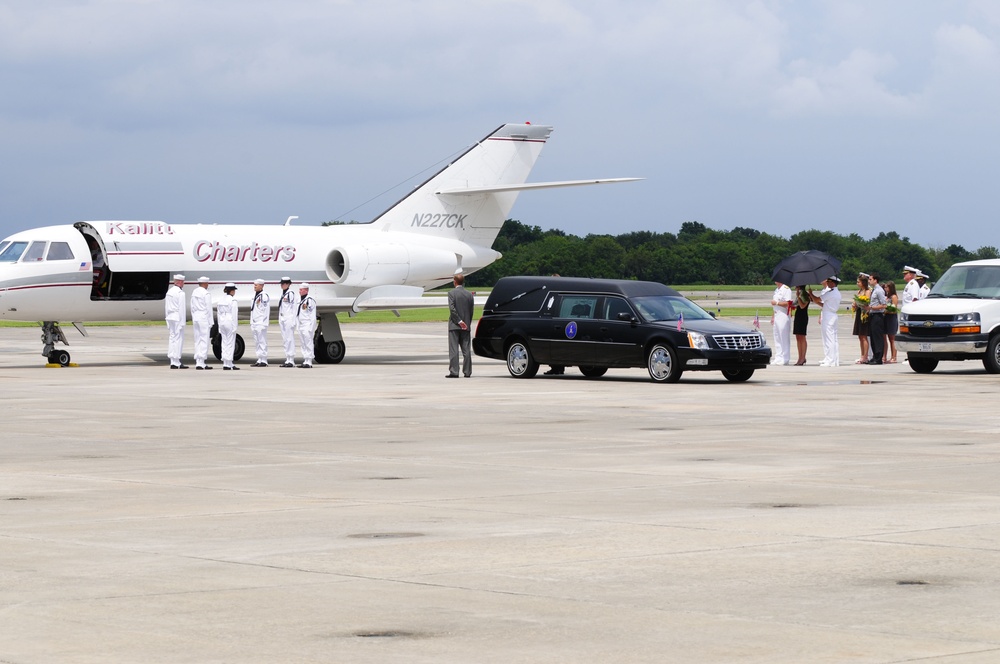
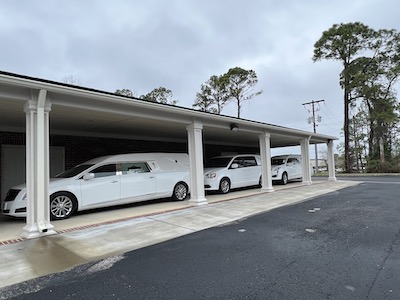
In February 2019, the following was posted about Sarah L. Carter with Sarah L. Carter Funeral Home: “Ms. Carter is the first African American woman in the state of Florida to open a funeral home from start-up and has marked her 17th year in the business as an independent owner.” Ms. Carter has a degree in Mortuary Science and a bachelor’s in Biblical studies.
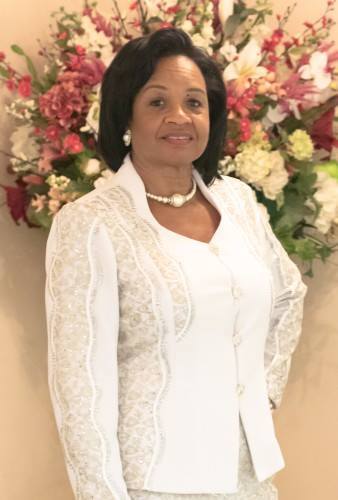
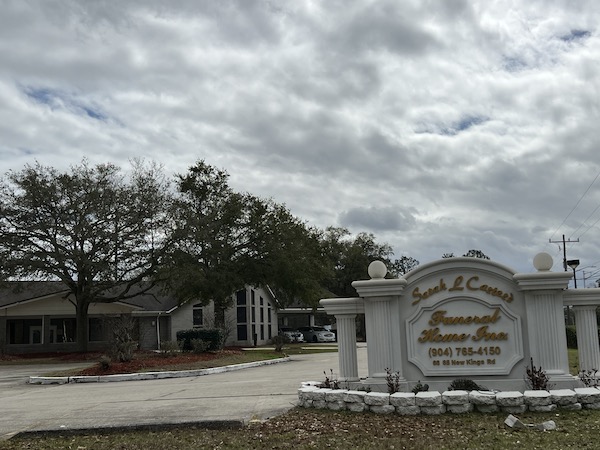
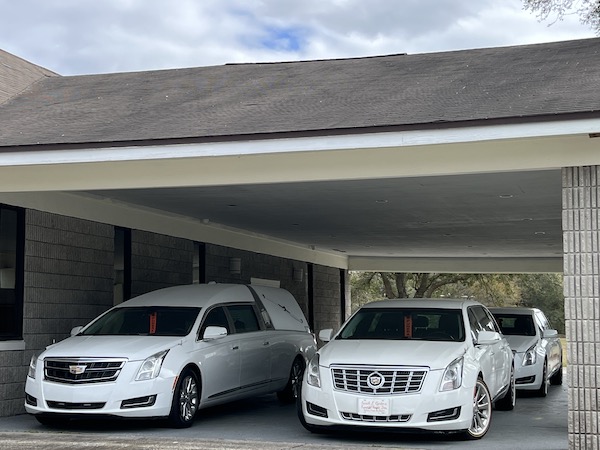
Different hearses are used by various funeral homes. The services for police officer Jimmy Judge was honoured in 2023.
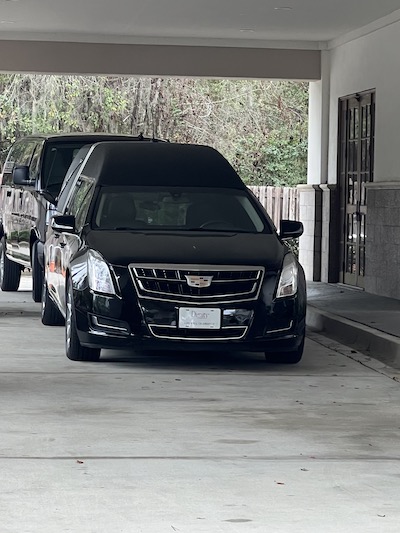
There are those who provide horse and buggy services even today. When I went to give my support and regards to the family of Queen Elizabeth II, a horse and carriage carried her to a hearse where she was taken to Windsor Castle to be buried. “God Save The Queen” was sung by her people as the coffin rode past. It was quite moving.
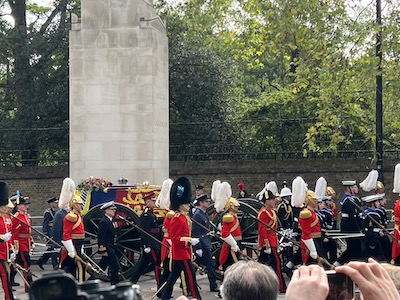
See you tomorrow,
Nan
